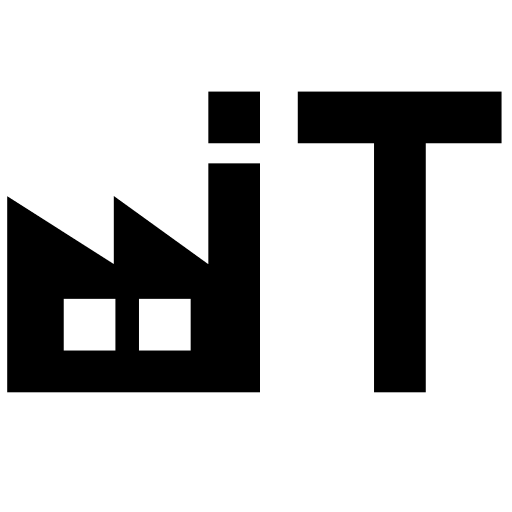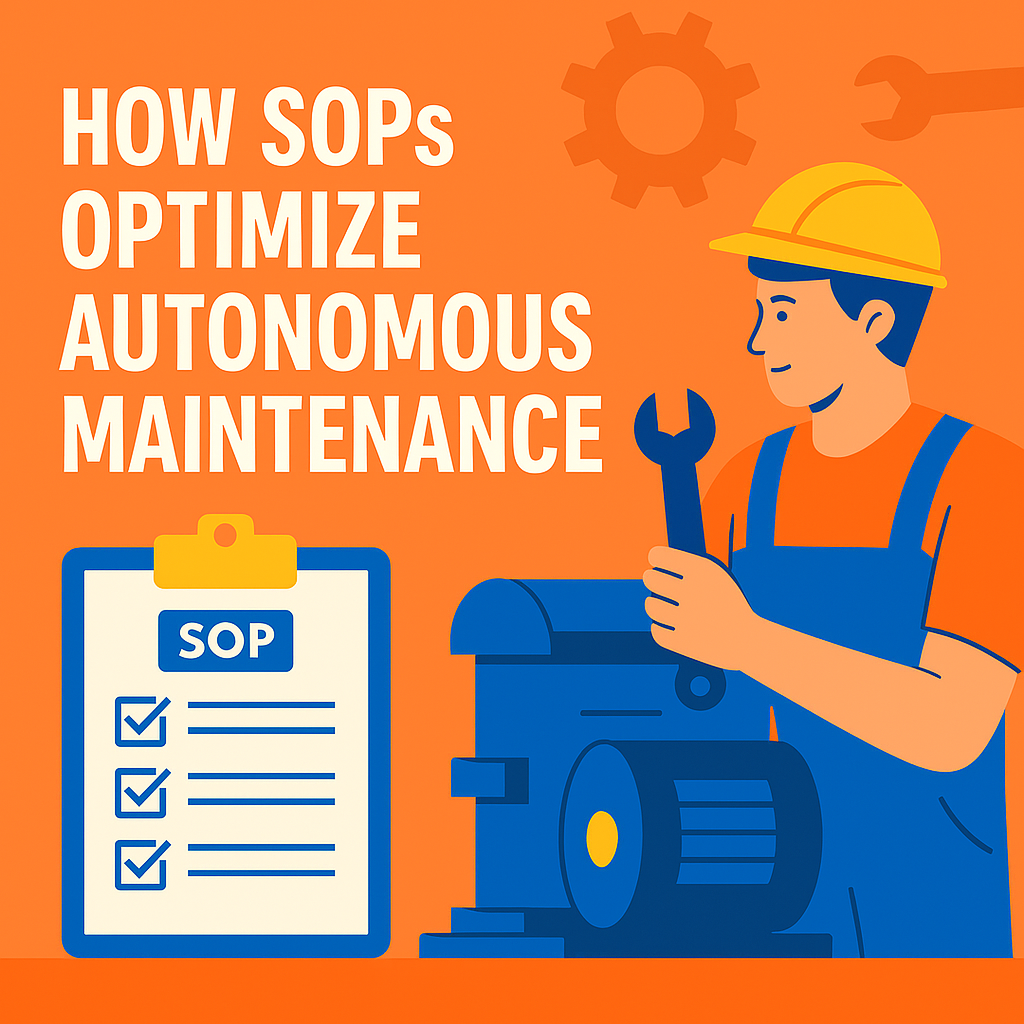Autonomous maintenance is a key component of Total Productive Maintenance (TPM). It enables operators to carry out basic maintenance tasks themselves, such as inspections, cleaning, and minor repairs. This reduces downtime and increases employee engagement. But how do you ensure that autonomous maintenance is performed consistently, safely, and effectively? The answer: Standard Operating Procedures (SOPs).
In this blog post, you’ll discover how well-structured SOPs optimize autonomous maintenance, reduce errors, and increase efficiency.
What is Autonomous Maintenance?
Autonomous Maintenance (AM) is one of the pillars of TPM. Its goal is to empower operators to take responsibility for the daily maintenance of their own machines. Typical tasks include:
- Visual inspections
- Lubrication
- Tightening of loose components
- Cleaning
- Resolving minor malfunctions
The Role of SOPs in Autonomous Maintenance
1. Standardizing Maintenance Tasks
An SOP ensures that each operator performs maintenance in the same way. This prevents variation, reduces the risk of errors, and increases process predictability.
2. Improved Safety and Compliance
Maintenance tasks can pose safety risks. A well-written SOP includes all safety guidelines, such as personal protective equipment (PPE), lockout/tagout procedures, and emergency protocols.
3. Efficient Training and Knowledge Retention
New employees can be trained quickly using digital SOPs with visual support. This ensures knowledge sharing and retention, which supports continuity in maintenance routines.
4. Real-Time Access to Work Instructions
With digital tools like the Work Instruction App, operators have instant access to the correct SOPs anytime, anywhere. This prevents delays and ensures correct execution.
5. Continuous Improvement Through Feedback and Data
SOPs can be linked to performance metrics. Collecting operator feedback and real-world data enables ongoing optimization of procedures for better results.
Example: Daily Machine Inspection SOP
An example of how an SOP supports autonomous maintenance:
- Step 1: Visually inspect the overall condition of the machine
- Step 2: Clean sensitive components using approved materials
- Step 3: Check the oil level and top up if needed
- Step 4: Inspect fasteners and tighten if necessary
- Step 5: Record observations in the digital maintenance log
Conclusion
The success of autonomous maintenance depends on clear, accessible, and up-to-date work instructions. SOPs are the key to standardized maintenance, enhanced safety, and increased operator engagement. By using digital solutions like the Work Instruction App, maintenance tasks are performed more accurately and are easier to manage.
Want to elevate your autonomous maintenance process? Discover how the Work Instruction App supports your operations with smart digital SOPs.

